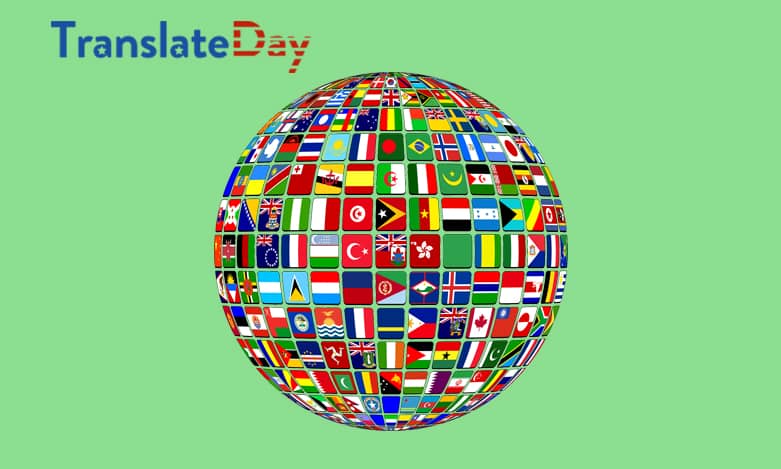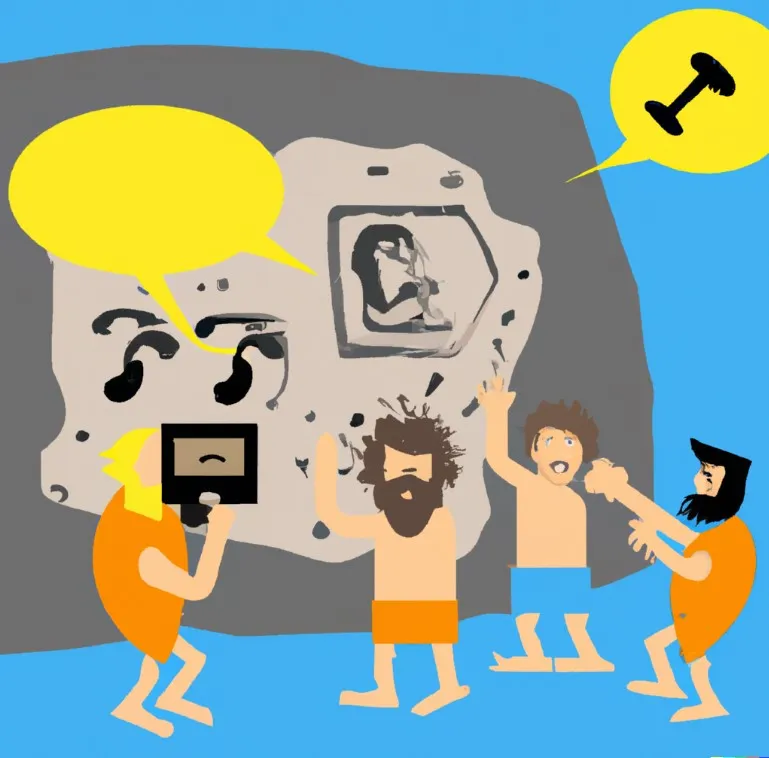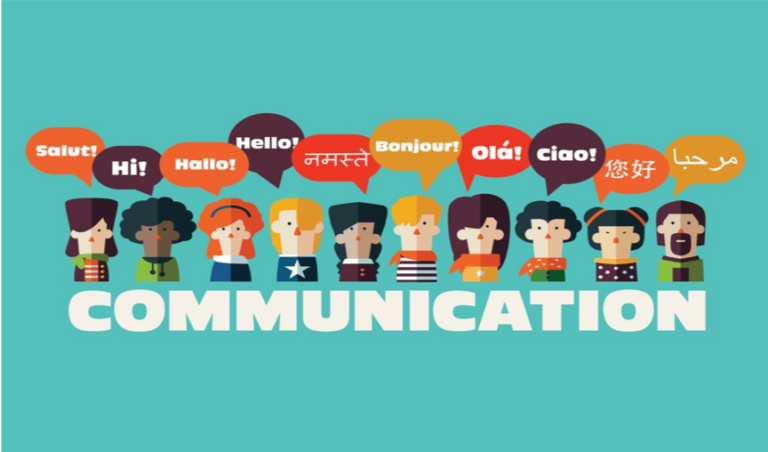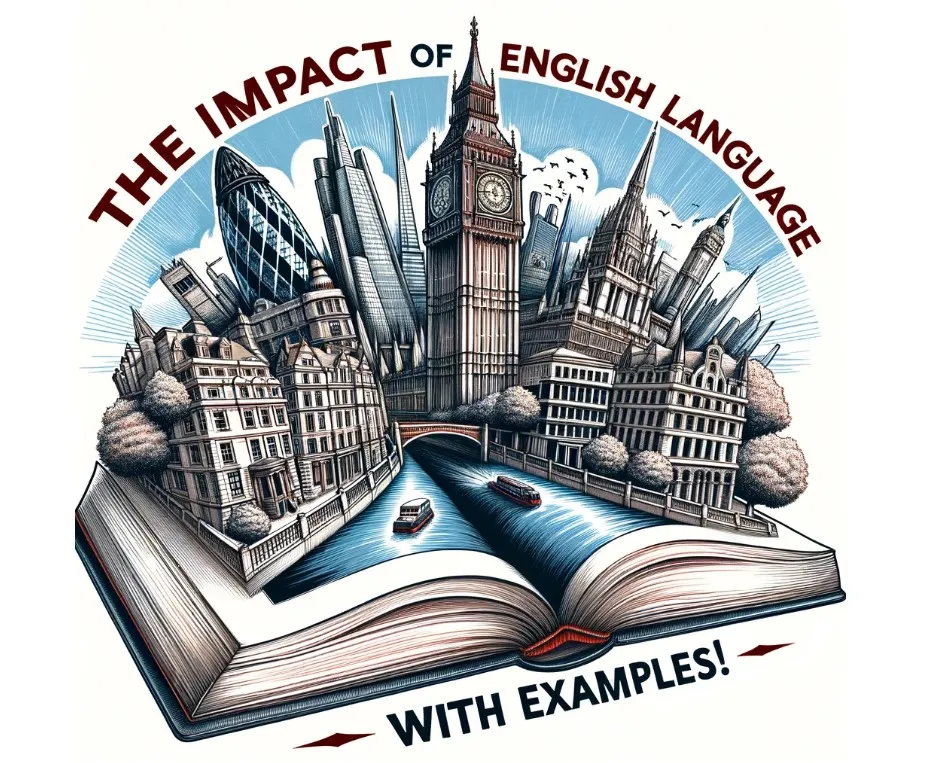Estimated reading time: 10 minutes
There are over 7000 languages spoken in the world with different sounds and history. Some languages are most spoken than others depending on the the statistical variable you choose to focus on; like the number native speakers or the number of people that speak that language as a second language.
Here at TranslateDay we determined the position of the most spoken languages in the world by carefully examining Ethnologue: Languages of the World (2023, 26th edition) and a bunch of other statistical studies.
It is very important to note that the main variable taken into consideration for this report is the number of native speakers, or first language speakers. This factor is heavily influenced by factors like demographic transition, and may provide useful and valuable insight on geographical distribution, cultural diversity or economy of a region but it may not be so useful for other metrics. For more information, please refer to Conclusions at the end of this article.

Top 10 Most Spoken First Languages in 2023

Currently, these are the 10 most spoken languages in the world in 2023, sorted by number of mother language speakers: Mandarin Chinese, Spanish, English, Hindi, Portuguese, Bengali, Russian, Japanese, Yue chinese, Vietnamese.
Information on such is an approximation. The exact number of speakers is difficult to measure as in most cases; these may vary rapidly due to many factors. So, keeping all of this in mind, let’s look at the ranking for The Top 10 Most Spoken First Languages in the World by the year 2023:
10. Vietnamese – 85 Million Native Speakers
The tenth language in our ranking is Vietnamese. This language is spoken by approximately 85 million speakers mainly in Vietnam, where it is considered national and official language. Vietnamese has also been officially recognized as a minority language in the Czech Republic.
You might also find interesting: 6 Languages About to be Extinct.
Vietnamese has a very phonemic tone with a significant influence from Chinese and French, which include the use of tones to distinguish words with identical consonant and vowel sequences. Words order usually express syntactic relations of words to each other, while using modifiers rather than affixes can express the tense and voice of verb forms.
In our last revision, Vietnamese had 85 Million native Speakers, so the number of Vietnamese native speakers has remained the same compared to last year’s Ethnologue 2022 edition.
9. Yue Chinese – 86 Million Native Speakers
Yue Chinese, often refered to as Cantonese is a group of langauges spoken in Southern China, particularly in the region of Liangguang, which include both the Guangdong and Guangxi provinces. According to our sources, Yue Chinese (including Cantonese) is spoken by around 86 Million native speakers. Although Yue varieties share a lot of vocabulary with Mandarin, both languages are completely different in pronunciation, consonants and tone. Sentence structure, like verbs placement, may sometimes differ between the two dialects.
One curious fact is that Cantonese is forbidden in schoolwork and government documents since it is seen as informal and contains features unique to Cantonese. Instead, Standard Chinese, developed upon Mandarin is used instead.
In our last revision, Yue Chinesese had 85 Million native Speakers, which makes it a +1 million increment in Yue Chinese native speakers since last year’s Ethnologue 2022 edition.
8. Japanese – 123 Million Native Speakers
Japanese language follows Punjabi at ninth position, but with a higher number of speakers. This language is considered an isolated one because it is only spoken in one country: Japan with about 123 million speakers.
It is a language which has thousands of onomatopoeia which are sounds being represented by words. These words have been useful for the Japanese comics and also for manga.
In our last revision, Japanese had 130 Million native Speakers, which makes it a -7 million decrease in Japanese native speakers since last year’s Ethnologue 2022 edition.
7. Russian – 147 Million Native Speakers
Russian follows Japanese on the list of the most spoken languages in the world. This is the largest of all the Slavic languages and is the official language of four countries. As a result of this, approximately 147 million people speak Russian as a first language.
It is spoken mostly in many countries which were a part of the former Soviet Union. Russian is claimed by people in 16 countries as their native language.
In our last revision, Russian had 154 Million native Speakers, which makes it a -7 million decrease in Russian speakers since last year’s Ethnologue 2022 edition.
6. Bengali – 234 Million Native Speakers
Bengali, often referred to as Bangla follows Portuguese as a language among the most spoken ones in the world. Although it is only spoken as a native language in a few different countries, mostly in Bangladesh and India, this language has around 234 million speakers, which leaves it very close to Portuguese. These two countries sing their national anthem in this language.
Note: In previous editions of the Ethnologue, Standard Arabic was considered to be the 5th most spoken language in the world, with around 270 million native speakers. However after 2022 edition, it is no longer considered a L1 Language, or native language. According to our sources, some languages, such as Chinese and Arabic, are sometimes considered language families and are sometimes considered single languages. Entries identified by Ethnologue as macrolanguages (such as Arabic, Persian, Malay, Pashto, and Chinese, encompassing all their respective varieties) are not included in this section as they cover several mutually unintelligible varieties.
You know Arabic is considered to be one of the 7 Most Difficult Languages to learn in the World?
In our last revision, Bengali had 234 Million native Speakers, so the number of Bengali native speakers has remained the same compared to Ethnologue 2022 edition.
5. Portuguese – 236 Million Native Speakers
Number six of this most spoken languages ranking is Portuguese. Portuguese is spoken by approximately 236 million people around the world, with a high number being in Africa and South America. Last year, in 2022 edition, Portuguese was 6th in this ranking, but due to the growth of population who speak Portuguese as first language in the world it has overcome Bengali in this ranking in 2023.
Here you can check the exact number of Portuguese speakers at real-time
A curious fact is that its alphabet has increased to 26 from 23 due to the New Orthographic Agreement of 1990 . Portuguese is related to modern Spanish and developed from Latin. It is the Official Language in 9 countries.
According to the Ethnologue, last year edition Portuguese had 232 million native speakers, which leaves a +4 million Portuguese native speakers increment since last year’s Ethnologue 2022 edition.
4. Hindi – 345 Million Native Speakers
The fourth most spoken language is Hindi. Hindi is only spoken as a first language in seven countries, the main ones are Nepal and India. It is important to notice that this number of first language speakers does not include Urdu. The success of this language is because of the sheer number of people living in the countries. Hindi language counts with around 345 million speakers.
In our last revision, Hindi had 345 Million native Speakers, so the number of Hindi native speakers has remained the same compared to last year’s Ethnologue 2022 edition.
3. English – 380 Million Native Speakers
English language is the third most spoken language in the world. It has approximately 380 million native speakers who are spread out in the different continents. Last year (2022) english had around 373 million native speakers, which leaves it with an increment of +7 million native speakers since last year edition.
Do you know How Many Dialects does English have?
English is the official first language in over one hundred countries. It is ranked as one of the most influential languages in the world. It is also the most popular first “second language” chosen by different people globally.
English is a Germanic language because of its structure of sentences and vocabularies. This language has however been influenced by a variety of languages.
In our last revision, English had 373 million native speakers last year, which leaves a +7 million increase in English native speakers since last year’s Ethnologue 2022 edition
2. Spanish – 485 Million Native Speakers
Spanish is the second most spoken language in the world. It is spoken in 31 countries which are mostly around the Latin America and in Spain. This language has about 485 million native speakers in addition to the nonnative speakers.
Did you know one of the most translated books in the world was written originally in Spanish?
Spanish originated in Spain at the Castile region. Spanish is regarded as an easy language to learn, mainly because of its phonetic nature. Often, its pronunciation is also “the way it reads”.
In our last revision, Spanish had 475 million native speakers last year, which leaves a +10 million increase in Spanish native speakers since last year’s Ethnologue 2022 edition. This is the biggest increment of native speakers in the list along with Mandarin Chinese.
1. Mandarin Chinese – 939 Million Native Speakers
The languages that takes the number 1 place in our list and therefore, the most spoken first language in the world is, by far, Mandarin Chinese. Mandarin is only one of the many Chinese dialects spoken in China. However, it is officially considered the Official Language of the People’s Republic of China. Because of this reason, mandarin is often referred as Standard Chinese.
In this other article we will tell you about the Oldest Languages in the World
China has around 1.4 billion inhabitants, around 70% of all Chinese speakers speak mandarin as their father language. This leaves us with about 929 Million Mandarin speakers over a large area in China and roughly 33 countries around the world.
In our last revision, Mandarin Chinese had 929 Million native Speakers, which makes it a +10 million increase in Mandarin Chinese speakers since Ethnologue 2022 edition. This is the biggest increment of native speakers in the list along with Spanish.
Conclusions
The Importance of Tracking Most Spoken Languages by Number of Native Speakers
Understanding the number of speakers of a mother tongue is a key piece of information for understanding the diverse communities that make up our world. Analyzing number of native speakers can be helpful when analyzing metrics like:
- Level of Proficiency and Education in a certain area
- Cultural diversity
- Population Density: The number of speakers of a mother tongue can provide information about the population of a region. If a language has a large number of first language speakers compared to others, it is likely that the corresponding region has a dense population, for example China.
- Communication patters
- Vitality: The vitality of a certain language refers to its usage and the number of people that speak it.
- Economy and Education: A language which has large number of speakers vs total population may indicate that the corresponding region may have a developed economy and a high level of education.
- Influence of Public Policies in Language Learning.
- Cultural Diversity: Imagine a region where the total percentage of first language speakers in 3 different languages is similar. In Switzerland, for example, there are 3 main languages: German, Italian and French and, depending on the region, one language is spoken more than the other. This is a clear indicator that the region is culturally diverse.
- Business Strategy
- Community Engagement
- Communication Patterns: The number of speakers of a mother tongue can provide information about communication patterns between people in a region.
How to Determine How Popular a Language is Worldwide?
We constantly get asked if just by analyzing the number of First Language speakers we can determine how popular a language is worldwide. The answer is NO. This is a very complex question, and many other factors need to be taken into consideration. In order to determine how popular a certain language is worldwide, these are (at least) some of the factors we must also consider, added to the ones in the previous paragraph:
- Number of second language speakers
- Number of native speakers
- Geographical distribution
- Economic and political influence
- Education
- Media presence
- Internet usage
- Migration.
Language vs Dialects
It is important to note what is considered to be a language. There is a thin dividing line between languages and dialects. A language is usually a broader term that encompasses different dialects, while a dialect is a specific form of a language spoken in a certain area. For example, Spanish and English are languages, while Mexican Spanish and American English are dialects.
This distinction between a language and dialect can be somewhat arbitrary and the classification can vary depending on the context, culture or politics. Many languages that are considered dialects by some, may be considered as languages by others.
Check this article on the dialects of english language for a deeper understanding on this topic.
Thanks for staying until the end. Please refer to our blog for more free articles on language learning, translation, legal document translation and many other topics.
TranslateDay provides Certified Translation Services for all kinds documents. It has been able build an untarnishable trust with their prompt and accurate interpretation.





